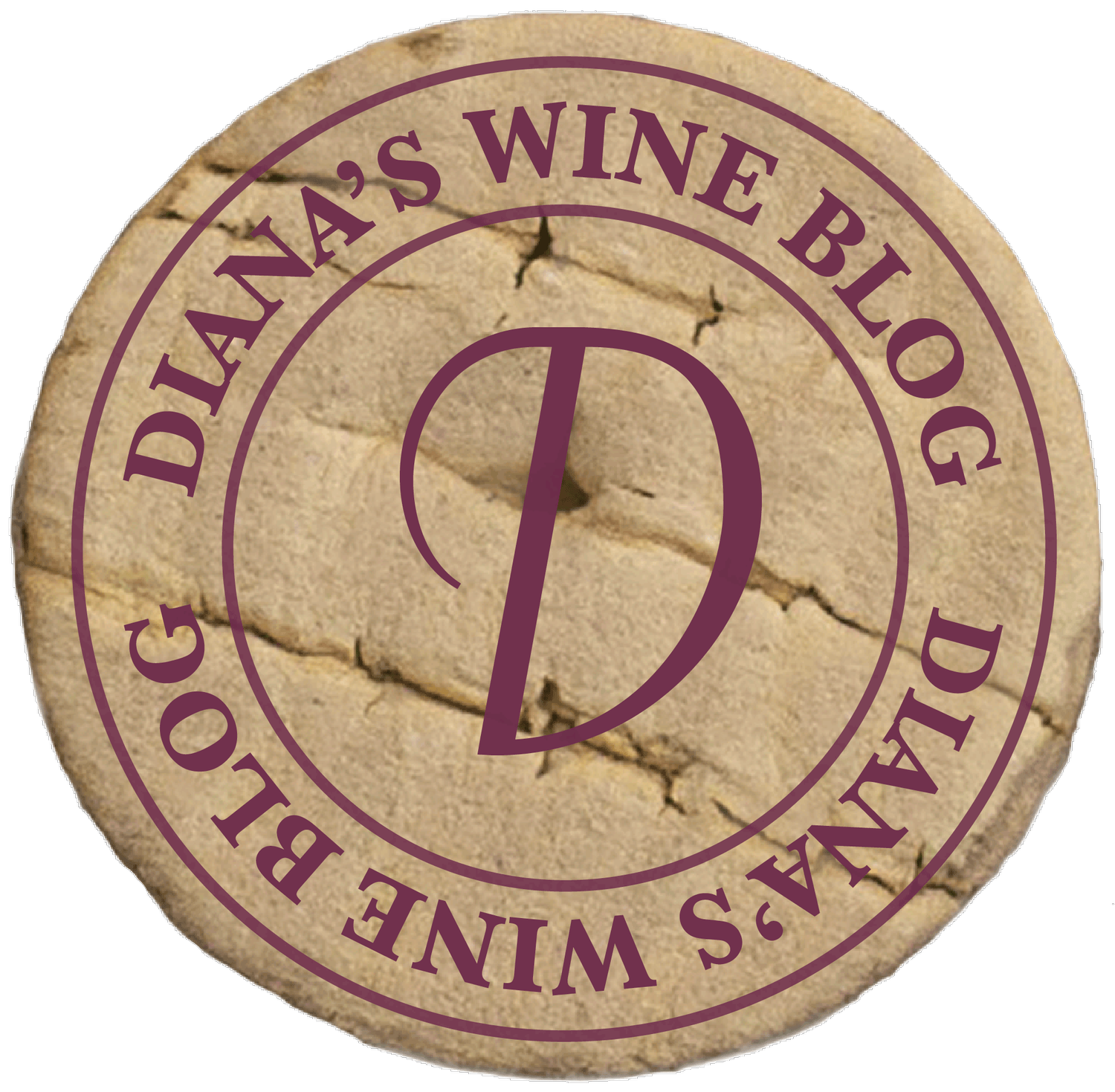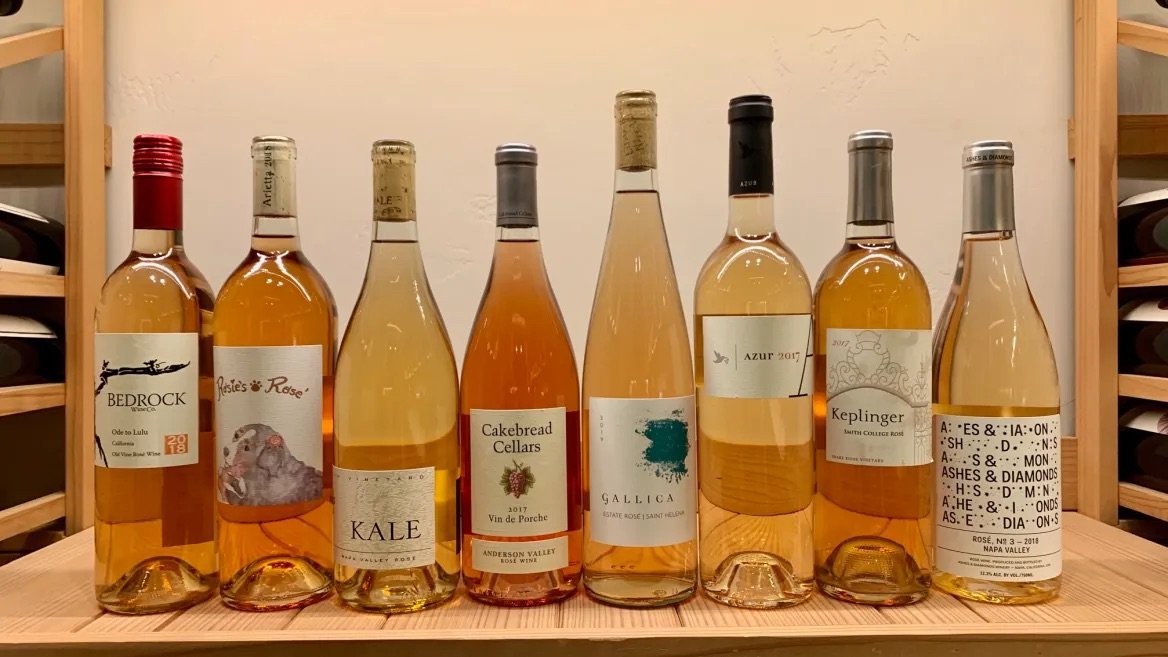Rosé for the Summertime!
It will soon be summertime with warmer temperatures and bright blue skies. Across the street from my house, my neighbor’s roses are in full bloom and gorgeous. My email inbox is blooming too with numerous offers for rosé. It is a perfect time for light pink wine with bright fruit and crisp acidity to complement your stay-at-home meals. Rosé can be made in many different styles and ranges from very pale pink to a dark cranberry-juice red. It can be dry or slightly sweet. It is amazing how much the rosé market has taken off! A few years ago, it was an interesting wine, served on occasion. Today, there are plentiful takes on this historic wine.
Rosé generally is a wine made from a blend of red varietals with Grenache, Syrah and Mourvedre leading the way. The most notable area for production of rosé is Provence in France. Provence is a region which lies on the southeast border of the country along the Mediterranean Coast and prides itself on being the birthplace of French wine. Winemaking in this region dates back to before 600 BCE. It has a Mediterranean climate of mild winters, warm summers and little precipitation during the growing season. Rosé accounts for 88% of the wine production in this region and contributes greatly to France being the number one producer of the world’s rosé.
The color of the wine is correlated to the amount of time the juice spends in contact with the skins. One of the most common ways to produce rosé is called the saignee method. This is where the grapes are crushed (possibly destemmed) and vatted together for anywhere from 2 to 20 hours until the desired concentration is achieved – based on the winemaker’s intention. A certain amount of juice is bled off and fermentation begins. The rest of the juice remains and a red wine is made. Pretty cool when you get two styles of wine – a rosé and a red wine from one vat of grapes!
Today’s offering of rosé wines runs the gamut of blends, well beyond the Grenache, Syrah and Mourvedre blends. I have had ones from Cabernet which really provides a deeper, richer flavor profile for those that prefer their wine in that style. I have had many more interesting blends with Zinfandel, Cinsault and many others. The most important part of rosé is that it be fruity and refreshing with bright acidity. Let’s all raise a glass to rosé and brighter days!
Enjoy!


